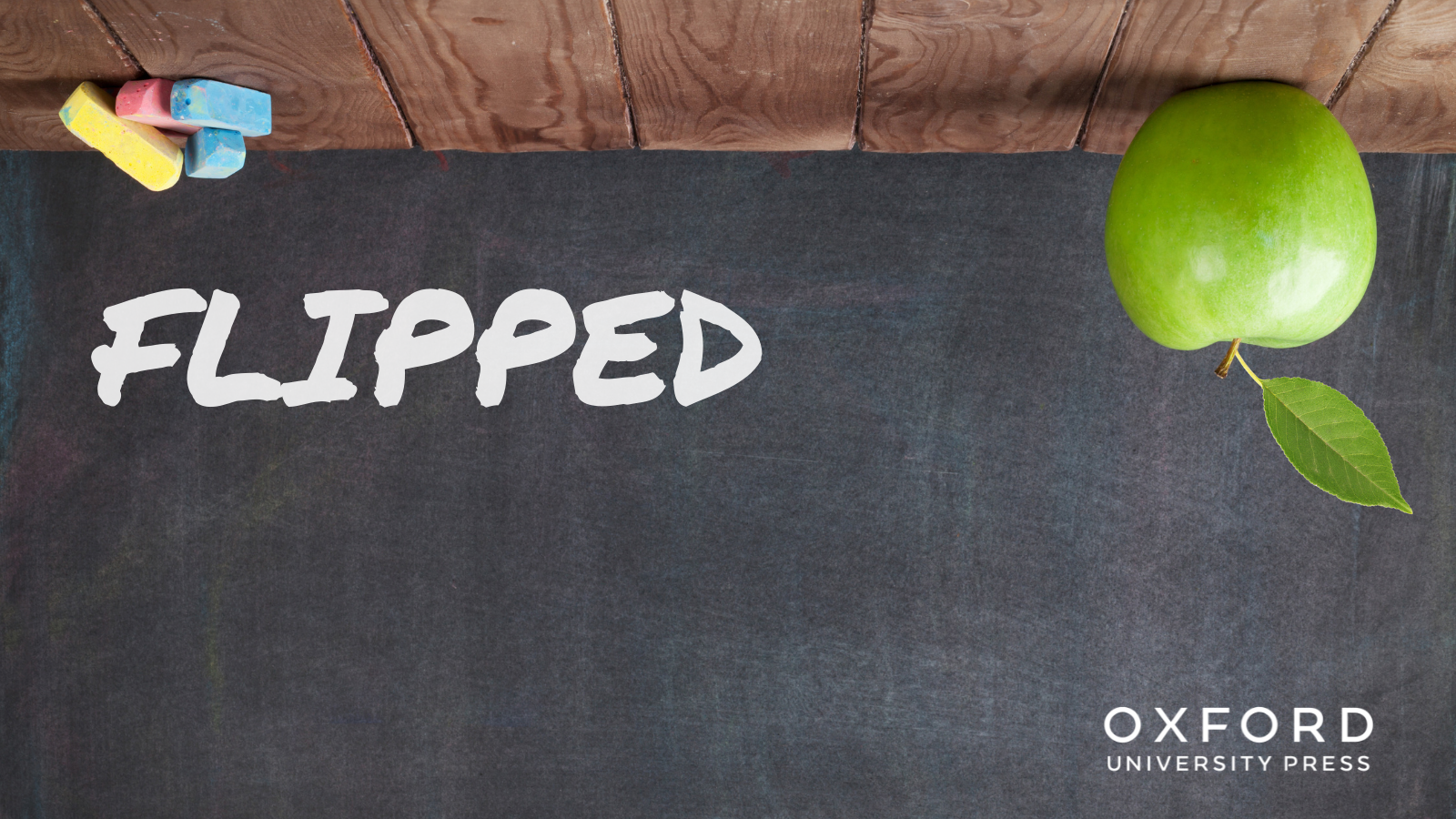
Since I started teaching over twenty years ago, there is one challenge that I continue to obsess about: I have many students, but there is only one of me. To address this reality, I’ve tried over the years to do a better job of making use of group work, collaborative learning opportunities, as well as trying to help my learners develop independent learning skills.
Dealing with the needs of individual learner’s needs, however, remains a major challenge. Recently, I’m trying to go beyond “I’ll see you after class” and “Here’s an additional worksheet”. I was intrigued when I stumbled on mathematics lectures on Youtube, that were made by Sal Khan, and the concept of ‘flipping’.
The concept of ‘lesson flipping’
Flipping is a very simple notion. Essentially, it means reversing how a teacher deals with presentation and practice in and outside of the class. In a flipped class, students experience (typically on video) the presentation of new material as homework. This, in theory, allows more time for students to practice and ask questions the next time in class. So, for example, in Sal Khan’s flipped classes, learners would watch video presentations on how to multiply at home; they would do practice exercises in class, with the teacher present when they need help.
Fascinating, I thought, but would this work with language learners? How could I flip conversation practice, pronunciation exercises, and group work activities? Would students do the homework, or would I end up presenting the new material in class anyway?
Can lesson flipping work for everything?
Soon, it became apparent to me that I could not flip many elements of the class. But I could flip some. Or, at the very least, I could create a bank of resources that students could review again and again. For example, I could make video presentations explaining frequent errors that learners make, which they could access independently.
When I went about this project, I was amazed at how simple the technology was. I’ve struggled with technology all my life, and still have
problems connecting a DVD player to a television. Of the many available, I’ve been using Camtasia.
Camtasia, which is available for Mac and PC, can be downloaded easily from the Internet. It is a ‘screen capture’ program that records what appears on your computer screen. In addition, you can add your voice, animated annotations, as well as subtitles.
Here is an example of how I’ve used Camtasia. Some of my students struggle with using ‘Make’ and prepositions. I made video presentations to review the grammar, provide examples and help students test themselves.
- I made a presentation, using PowerPoint. Actually, you can use anything, including Word. I included a simple quiz, which students could use to test themselves.
- Then I wrote out what I wanted to say- a script.
- I played the slides on my computer, using Camtasia to record what was on the screen.
- Then, while playing back the recorded video presentation, I added my voice.
- I added animated annotations and subtitles and posted the video on Youtube.
What else can be prepared?
While I don’t ‘flip’ very often in the true sense, I do like to have a bank of grammar, vocabulary and reading skills videos available that students can refer to independently. I’ve never had a student who, on first exposure to a new grammar point or language skill, said, “I understand. I’ve got it! I’ll always remember it!” Currently, I’m looking through examples of student writing samples and student videos to try to identify common accuracy issues so that, in the future, in addition to saying, ‘Here’s an additional worksheet, I’ll be able to say, “Watch the video and try the quiz.” And if they still don’t get it, I’ll see them after class.
Want to find out more about lesson flipping?
Watch Thomas Healy’s webinar to find out how lesson flipping can benefit your classroom.
Thomas Healy is an instructor at the Pratt Institute, in Brooklyn, New York. He presents regularly at conferences on how to use widely available and easy-to-use digital tools in language teaching. His presentation Create a Digital Course Pack was highlighted by TESOL Connections as one of the favourite sessions of the International TESOL 2014 Convention. Thomas describes his evolution from a technophobe to a regular user of mobile technology in class in this article in the TESOL CALL newsletter. He is a co-author of the Smart Choice series published by Oxford University Press.